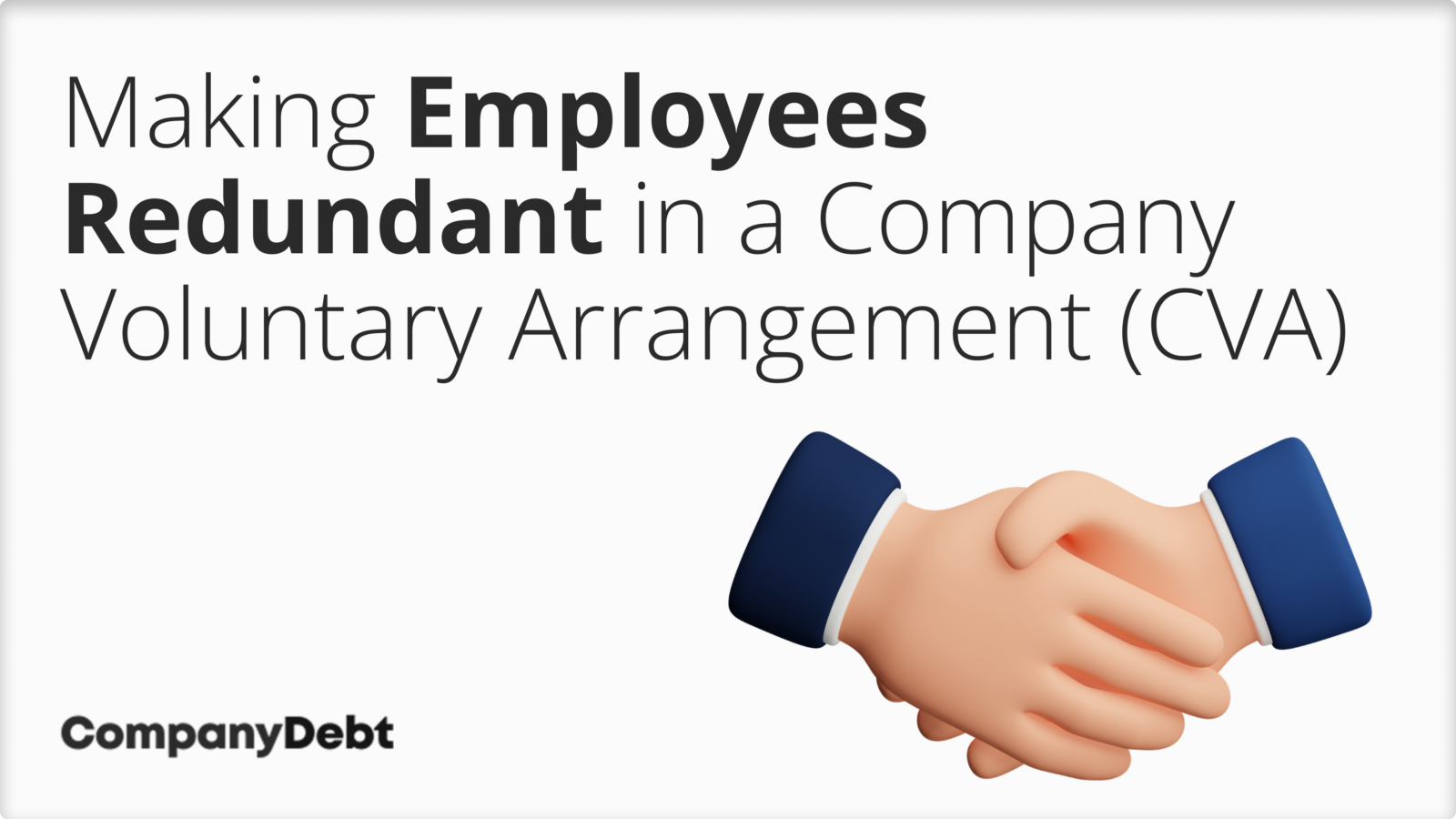Small Business Closing Employee Rights UK: What You Need to Know About Redundancy
Small Business Closing Employee Rights UK: What You Need to Know About Redundancy
Blog Article
Investigating the Interaction In Between Firm Redundancy and Organizational Versatility for Future Growth
In the dynamic landscape of today's business globe, the complex partnership between firm redundancy and organizational adaptability arises as an important element for sustained development and success. Firms frequently deal with the obstacle of striking a fragile equilibrium in between preserving a level of redundancy to minimize dangers and promoting adaptability to respond quickly to the ever-evolving market demands.
Relevance of Firm Redundancy
Business redundancy is a vital aspect that boosts organizational durability and reduces functional risks. By including redundancy measures within the organizational framework, firms can better hold up against unpredicted interruptions and changes in business setting. Redundancy functions as a critical barrier, enabling companies to adapt and react properly to unforeseen challenges without jeopardizing essential procedures.
One secret facet of the significance of firm redundancy is its role in making certain continuity throughout times of crisis. When faced with unexpected adjustments or emergencies, redundant systems, sources, or workers can tip in to keep vital functions and prevent prevalent interruptions. This connection not just safeguards the business's track record and client depend on yet also reduces economic losses and operational downtime.

Methods for Business Versatility

Developing versatile organizational frameworks that enable for fast modifications to market characteristics and consumer demands is necessary for remaining competitive in a rapidly progressing atmosphere. By proactively identifying prospective disturbances and opportunities, organizations can proactively adjust and grow in an ever-changing business landscape.
Balancing Redundancy and Adaptability
Achieving an unified balance in between operational redundancy and business adaptability is vital in browsing the intricacies of a vibrant service setting. Redundancy within a business provides a safeguard, making sure continuity and stability in procedures. Nonetheless, an extra of redundancy can result in inefficiencies and hinder adaptability to changing market problems. On the other hand, organizational flexibility allows firms to react immediately to external disruptions and take new possibilities. Striking the appropriate equilibrium in between redundancy and adaptability is a delicate process that calls for a deep understanding of the organization's objectives, market dynamics, and risk tolerance.
To attain this balance, firms need to perform regular analyses my sources of their operations to recognize locations where redundancy is necessary for danger mitigation and where adaptability can drive development and growth. Carrying out versatile structures, cultivating a society of continual understanding and enhancement, and motivating open communication throughout all levels of the organization are essential methods to harmonize redundancy and versatility efficiently. By straightening these two important aspects, companies can position themselves for lasting development and success in an ever-changing business landscape.
Study on Adjustment Success
In examining circumstances of successful organizational adaptation, it becomes evident that the interaction in between functional redundancy and versatility is a specifying factor in forming durable services. One engaging study is that of Netflix. Initially a DVD rental solution, Netflix showed impressive flexibility by transitioning right into a streaming platform when digitalization interrupted the sector. By tactically spending in innovation and content production, Netflix not only survived but grew in a swiftly advancing market. Another standout instance is Amazon. Beginning as an on the internet bookstore, Amazon continually adapted anchor its organization design, increasing right into varied sectors such as cloud computing and man-made intelligence. This versatility allowed Amazon to stay in advance of rivals and meet changing customer needs. Last but not least, Adobe gives a significant image of successful adaptation. The firm moved from marketing software licenses to a subscription-based model, making certain recurring revenue streams and enhanced consumer engagement. These study underscore the significance of operational redundancy paired with organizational adaptability in promoting long-term development and competition.
Structure Strength for Future Growth
Building resilience for future development requires a critical placement of operational procedures with market dynamics and emerging trends. Companies have to adapt to changing settings by fostering a culture of flexibility, advancement, and continual enhancement. Durability involves not only recuperating from obstacles but additionally proactively getting ready for future obstacles. One vital element of building resilience is buying robust risk administration techniques to reduce prospective disturbances. This includes situation preparation, diversifying supply chains, and creating contingency prepare for various contingencies (who pays redundancy money).
Furthermore, fostering strong Your Domain Name relationships with stakeholders, such as clients, staff members, distributors, and the neighborhood, is essential for weathering uncertainties and preserving count on and assistance during turbulent times. Effective interaction and transparency play a crucial role in structure durability, as they assist help with and align expectations collaboration in browsing uncertainties.
Furthermore, companies require to focus on understanding and development efforts to upskill staff members and furnish them with the necessary tools to adjust to transforming scenarios. By investing in their labor force, business can boost their versatility and agility, ultimately enhancing their durability for lasting future development.
Conclusion

In the vibrant landscape of today's organization globe, the complex connection in between firm redundancy and organizational flexibility emerges as a critical aspect for continual development and success. Business typically deal with the challenge of striking a delicate equilibrium in between preserving a level of redundancy to mitigate threats and fostering flexibility to respond quickly to the ever-evolving market demands.To attain this equilibrium, firms need to conduct normal assessments of their procedures to recognize areas where redundancy is needed for risk mitigation and where versatility can drive technology and growth.In verdict, the interaction between company redundancy and business flexibility is vital for future growth. Structure resilience with a combination of redundancy and versatility will certainly ensure that business are prepared for the obstacles of the future.
Report this page